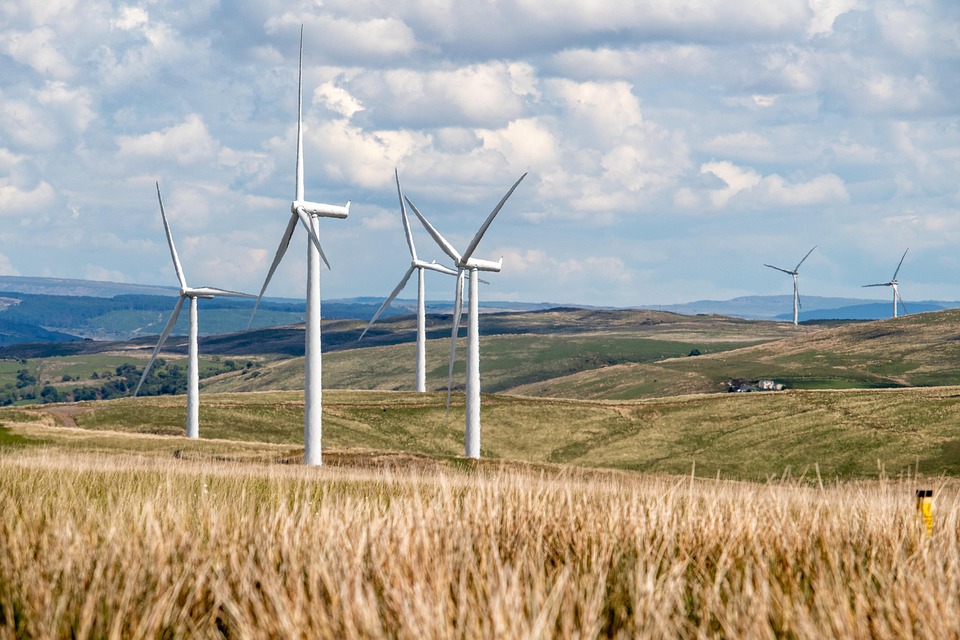In recent years, a seismic shift has occurred at the intersection of technology and sustainability, heralding what many are calling the "Digital Green Revolution." This movement leverages cutting-edge digital technologies to address some of the most pressing environmental challenges of our time. From smart agriculture to renewable energy management, the convergence of digital innovation and ecological responsibility is paving the way for a more sustainable world.
Understanding the Digital Green Revolution
The Digital Green Revolution is characterized by the integration of advanced technologies such as artificial intelligence (AI), the Internet of Things (IoT), big data analytics, and blockchain into sustainable practices. By harnessing these tools, businesses and communities can optimize resource use, reduce waste, and enhance productivity—all while minimizing their environmental impact.
Key Components
-
Smart Agriculture: At the forefront of this revolution is precision farming, where IoT sensors and drones monitor soil health, crop conditions, and water usage. Farmers can now make data-driven decisions, resulting in higher yields and reduced resource consumption. For instance, agricultural platforms use AI-driven analytics to predict optimal planting times and crop varieties based on climate indicators, helping to ensure food security in an era of climate change.
-
Energy Management: Renewable energy technologies are evolving rapidly with the help of digital tools. Smart grids, powered by IoT and AI, allow for real-time monitoring and management of energy resources. Consumers can become "prosumers" (production-consumption) by generating and selling excess energy back to the grid. Innovations like blockchain facilitate peer-to-peer energy trading, making sustainable energy sources more accessible and efficient.
-
Sustainable Supply Chains: Technologies such as blockchain can create heightened transparency in supply chains. By tracking products from farm to table, stakeholders can ensure that sustainable practices are upheld, enabling consumers to make informed choices. This transparency can significantly reduce instances of fraud and eco-unfriendly practices, fostering ethical consumption.
-
Waste Reduction: Data analytics is increasingly utilized to minimize waste across various industries. By analyzing patterns in consumer behavior, companies can optimize inventory and reduce overproduction, thus decreasing landfill waste. Moreover, AI solutions in recycling can automate sorting processes, enhancing efficiency and promoting circular economy principles.
- Urban Sustainability: Smart city technologies employ IoT and AI to create more efficient urban environments. From waste management systems that inform collection schedules based on real-time data to smart public transport solutions that reduce emissions, cities are becoming more resilient and sustainable. Digital platforms allow for participatory urban planning, where citizens can voice concerns and contribute to environmentally friendly developments.
Challenges and Opportunities
While the potential benefits of the Digital Green Revolution are vast, several challenges must be addressed. Technological disparities can exacerbate inequalities, especially in developing regions where access to digital tools is limited. Moreover, the energy consumption of digital technologies themselves poses questions about the sustainability of their production and use.
Nevertheless, these challenges also present opportunities. Investment in digital infrastructure and educational programs can elevate capacities in underserved communities, enabling them to partake in and benefit from the revolution. Additionally, collaboration between the tech sector and environmental organizations can drive innovative solutions tailored to local challenges.
Conclusion
The Digital Green Revolution is not just a trend; it signifies a fundamental change in how we approach sustainability. By integrating technology with ecological initiatives, we can create resilient systems that not only mitigate environmental challenges but also promote economic growth and social equity. As stakeholders across sectors embrace this shift, the future of our planet looks increasingly hopeful, underscored by the potential for innovation and collaboration.
This revolution stands as a testament to humanity’s collective resolve to address climate change—a bold reminder that when technology and sustainability intersect, the possibilities are indeed limitless.



